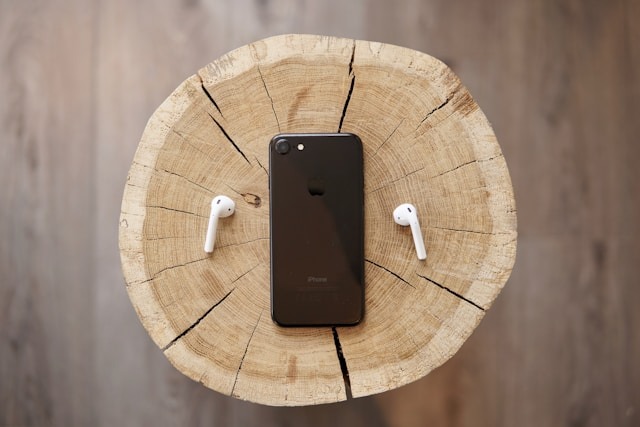Apple Podcasts now available on Android devices
Arguably, it’s Apple that made podcasts mainstream. With the advent of iTunes 4.9 in 2005, the company streamlined the previous clunky process of listening to and downloading podcasts – propagating the medium to the many.
For most of the time since then, Apple has been podcasting’s top dog. But recently, the company’s audio streaming service – Apple Podcasts – has struggled in the face of intense competition from alternative platforms.
Earlier this year, podcast hosting platform Buzzsprout found that podcast downloads on Spotify exceeded those on Apple Podcasts for the first time ever. This is partly due to the rollout of iOS 17, which has reduced the number of podcast episodes the platform auto-downloads. However, the story is the same when you measure platform engagement based on the number of listeners.
A study of American podcast listeners from earlier this year found that 31% of weekly listeners use YouTube the most for consuming podcasts – with Apple Podcasts lagging behind on 12%. This is a complete reversal of the situation half a decade ago when the figures were 29% and 15% for Apple Podcasts and YouTube respectively.
Understandably, YouTube’s dramatic rise as a podcast hub is something that caught the eye of Paul Riismandel, a podcast researcher and President of Signal Hill Insights, one of the commissioners of the aforementioned study. He argues: “YouTube is the entryway into podcasting, whereas you could make a strong argument that using Apple Podcasts was the predominant way to become a podcast listener and consumer if you go back 10 years.”
In the face of these dire straits, Apple Podcasts is attempting to get back in the game by making its podcasts available online.
The new website is supported in more than 170 countries and regions, including local languages
Previously, only Apple users could access Apple Podcasts – excluding those with Android smartphones. This severely limited the platform’s reach – particularly the case given that 86% of podcast consumers listen to podcasts on their mobile phones, and Android is the most widely used mobile OS globally.
There’s reason to be sceptical that this will mark the beginning of an Apple Podcasts resurgence
Now that Apple Podcasts is on the web, Android users can access it. The new website is supported in more than 170 countries and regions, including local languages. Moreover, an Apple Podcasts app can now be installed on Android devices, although it isn’t available on Google Play Store. Other perks include the fact that the platform’s ‘Library’ and ‘Top Charts’ features are now available to web users and that the website can be used to purchase premium subscriptions. More broadly, some have praised the new website, suggesting it works “seamlessly” and lauding its interface.
There’s reason to be sceptical that this will mark the beginning of an Apple Podcasts resurgence. For one, the platform continues to be held back by a lack of focus on video podcasts. Video clips from podcast episodes frequently appear on Instagram, YouTube, and TikTok – providing viewers an entry point into these podcasts. Combined with the fact that 1/10 of American weekly podcast listeners exclusively listen to podcasts in video form, this makes video podcasts an important battleground in the fight for listeners. However, whilst Apple Podcasts does support video podcasts, it has never actively emphasised this feature to listeners, and that doesn’t seem to be changing anytime soon. Compare that to YouTube which has successfully wooed video podcast enthusiasts with unique features such as comment sections for episodes and an autoplay feature.
Other challenges abound, as Ashley Carman, a Bloomberg reporter whose work heavily focuses on podcasting, notes. She points out that Apple Podcasts need to provide podcasters with a greater ability to monetise their content. The platform also needs to improve at reaching out to younger audiences, Carman argues. Another consideration is that the audience for podcasts is becoming ever more global – with the APAC region seeing significant growth in particular – any platform that’s serious about gaining market share needs to tap into that.
Overall, Apple Podcasts’ new web app is a step in the right direction if it wants to augment its popularity amongst listeners. However, given the multiplicity of drawbacks the platform faces – it needs to go much further, ramping up its focus on video podcasts and making itself more attractive both to podcasters and to listeners new to the medium. Otherwise, permanent decline may be on the horizon.

Comments